Category: Swedish-Navy-ww2
Sverige class (1915)
Sverige class coastal battleships (1915) Swedish Navy 1912-70 HSwMS Sverige, Drottning Victoria, Gustav V Sweden’s last Pansarkepp Sweden’s very last…
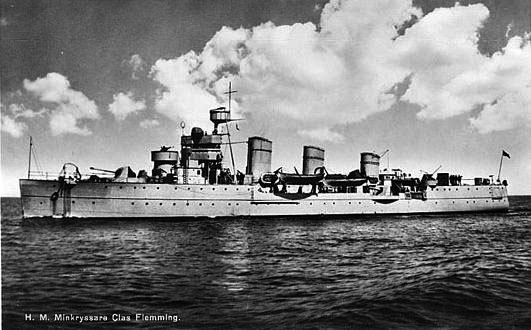
HSwMS Clas Fleming (1912)
HSwMS Clas Fleming (1912) Swedish Navy – Minelayer cruiser 1911-1960 Commissioned in 1914, Clas Fleming was among the first Swedish…
HSwMS Gotland (1933)
Seaplane carrier hybrid light cruiser The singular HSwMS Gotland was designed during the interwar as a jack of all trades,…
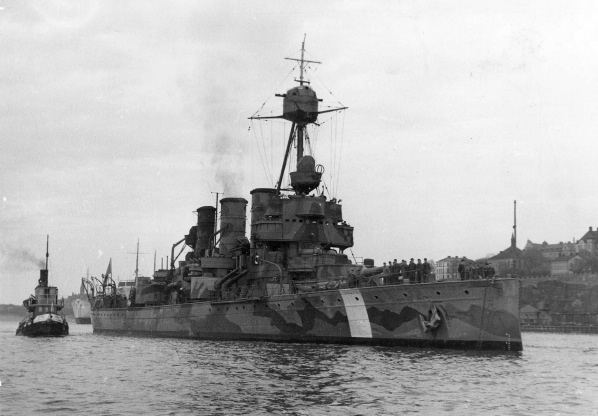
HSwMS Oscar II (1906)
Panzerkepp HSwMS Oscar II (1906) Swedish Navy – coastal battleship 1907-1974 HSwMS Oscar II was a coastal battleship (Panzerkepp) of…
HSwMS Fylgia (1905)
HSwMS Fylgia (1905) Swedish Navy – Armoured cruiser 1904-1960 HSwMS Fylgia was the smallest armored cruiser in the world, a…
Tre Kronor class cruisers (1944)
Swedish Navy 1944-64 HSwMS Tre Kronor, Göta Lejon The “Three Crowns” class was the most ambitious naval program of Sweden…

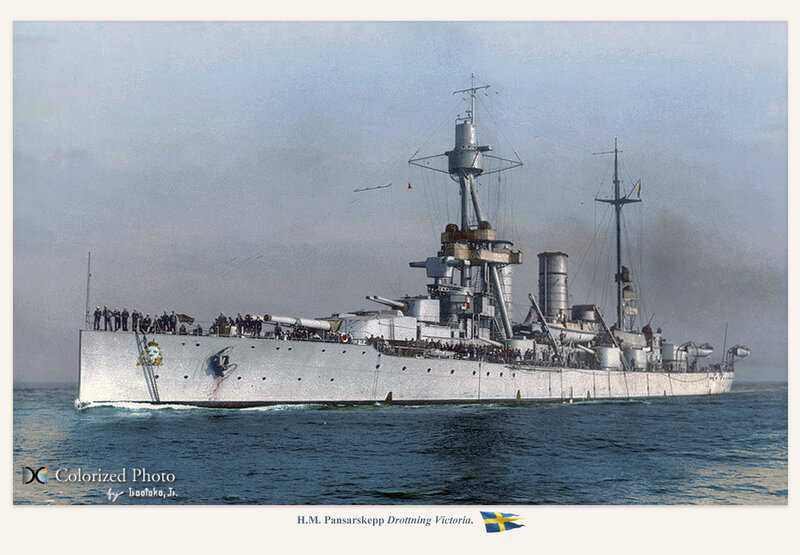
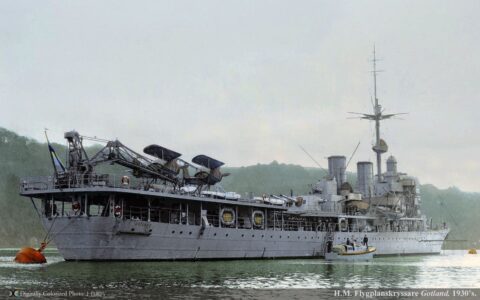
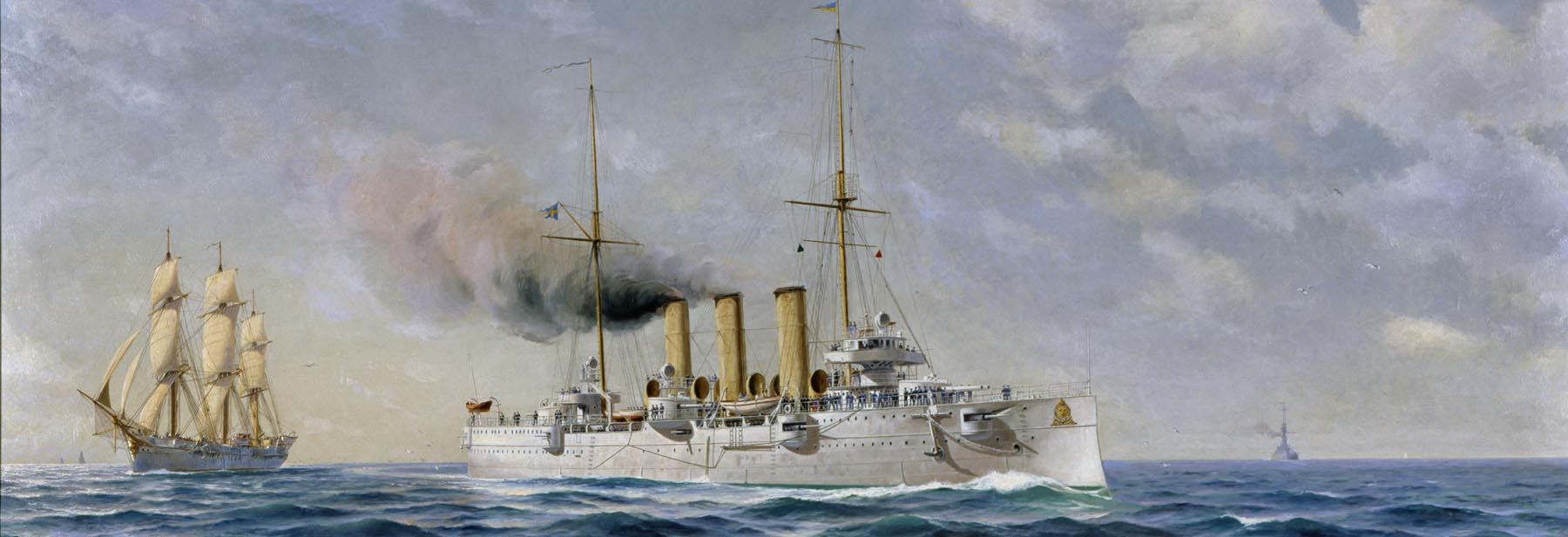
 dbodesign
dbodesign